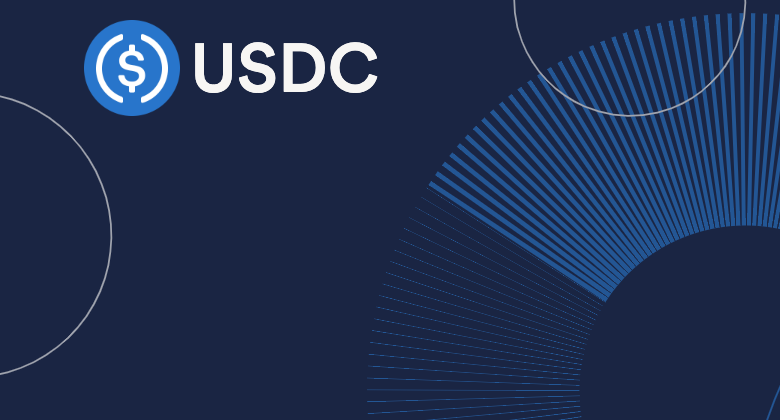$USDC $GUSD #Stablecoins #CryptoAdoption #Blockchain #RegulatoryClarity #DigitalAssets #FinancialInnovation #Cryptocurrency #GENIUSAct #EYSurvey #StablecoinNews
Will the GENIUS Act Boost Stablecoin Adoption to a $4T Milestone? Here’s What You Need to Know!
Recent stablecoin news highlights a significant shift in the financial landscape. According to a recent survey, more than half—54%—of firms indicate their intention to integrate stablecoins into their operations within the next year. This surge in interest correlates directly with increasing regulatory clarity, particularly following the introduction of the GENIUS Act.
The GENIUS Act aims to streamline regulations surrounding digital currencies, creating a more favorable environment for businesses to adopt stablecoins. As firms embrace this innovative form of digital currency, the potential for stablecoins to reach a $4 trillion milestone in cross-border transactions becomes increasingly plausible. How can this shift impact the broader financial ecosystem?
The Impact of Regulatory Clarity on Stablecoin Adoption
Regulatory clarity is crucial for the adoption of any financial technology, and stablecoins are no exception. As organizations navigate the complexities of digital finance, clear guidelines foster confidence among businesses and investors alike. The GENIUS Act stands to provide that clarity, encouraging firms to explore the benefits of stablecoins, including reduced transaction costs and enhanced speed of payments.
Furthermore, stablecoins offer a unique solution to the challenges of traditional banking systems. By leveraging blockchain technology, transactions become more efficient, allowing for near-instant settlement times. This efficiency is especially critical in cross-border transactions, where delays can significantly affect businesses.
Driving Factors Behind the Adoption of Stablecoins
Several factors are contributing to the growing interest in stablecoins. First, as businesses increasingly operate on a global scale, the need for efficient cross-border transaction solutions has never been more pressing. Traditional banking systems often impose high fees and long wait times, making stablecoins an attractive alternative.
Second, the rise of decentralized finance (DeFi) has created a demand for stablecoins as a means to facilitate transactions within various DeFi platforms. With their pegged value, stablecoins reduce volatility and provide a more stable asset for trading and lending activities.
Lastly, the overall acceptance of cryptocurrencies in mainstream finance has paved the way for stablecoin adoption. As institutions and retail investors alike recognize the value of digital currencies, the door opens for stablecoins to gain traction in various sectors, including e-commerce, remittances, and investment.
For those looking to stay ahead in the evolving landscape of digital finance, exploring relevant text on stablecoins can provide valuable insights. Additionally, resources like relevant text can further enhance understanding of the practical applications and advantages of stablecoins.
Conclusion: The Future of Stablecoins in a Regulated Environment
In conclusion, the combination of increasing regulatory clarity and the introduction of the GENIUS Act could catalyze a rapid rise in stablecoin adoption. As 54% of surveyed firms plan to incorporate stablecoins into their operations within the next year, the potential for reaching a $4 trillion milestone in cross-border transactions appears not only achievable but highly probable.
The evolution of stablecoins represents a significant shift in how businesses approach digital finance. As the landscape continues to evolve, staying informed on the latest stablecoin news and developments will be essential for stakeholders looking to capitalize on this innovative financial tool.
In a world increasingly driven by digital assets, understanding the implications of stablecoin adoption could very well shape the future of finance as we know it.







Comments are closed.